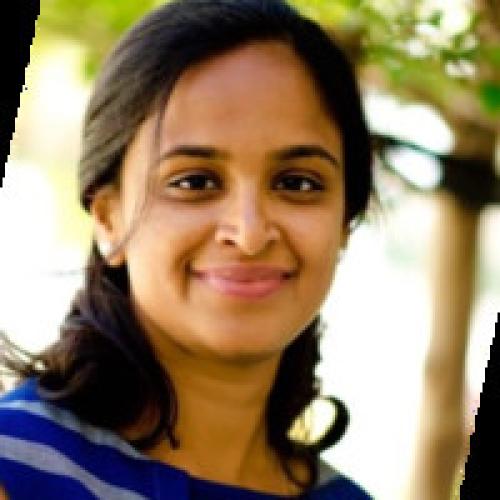In this presentation we discuss how leveraging sparsity, knowledge distillation and quantization, not only enable deep learning models to run on edge devices, but in many instances outperform standard models running on datacenter class systems. We discuss our recent innovations in sparsity research that enables the creation of dual-sparse networks that can outperform standard networks by over 100X. Finally, we illustrate how sparsity can be combined with other model compression techniques to unlock deep learning inference at the edge.


























